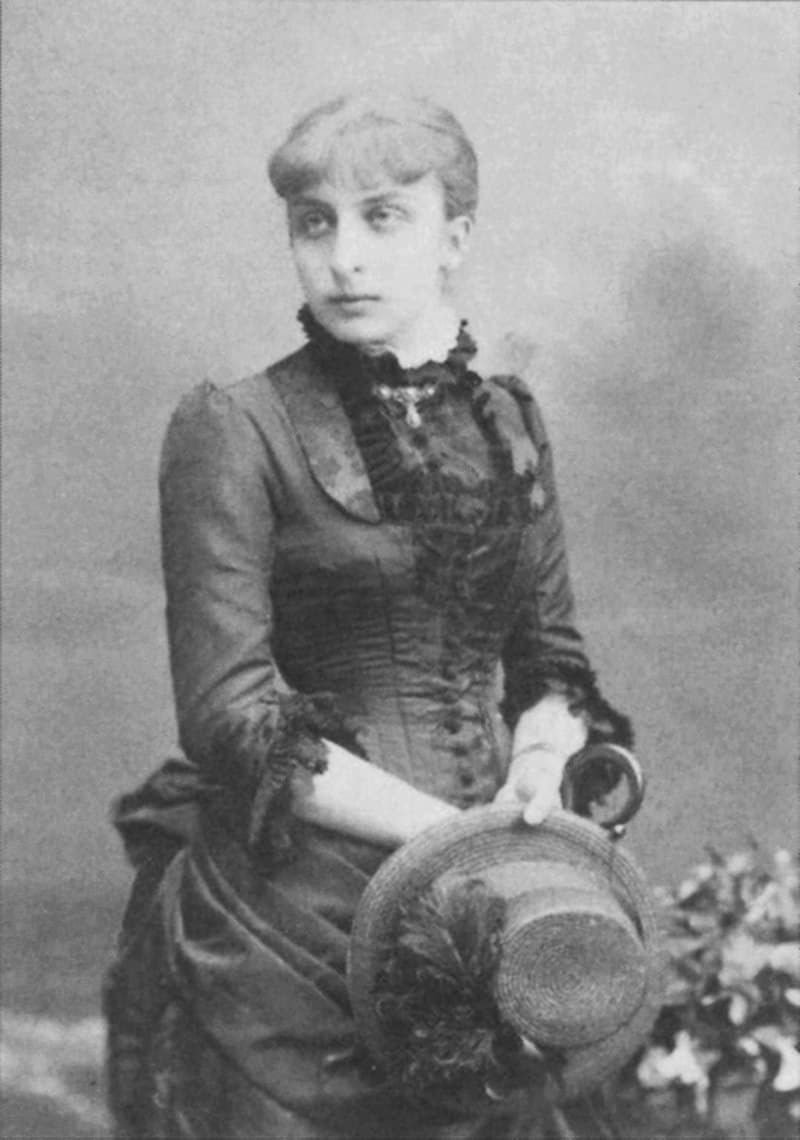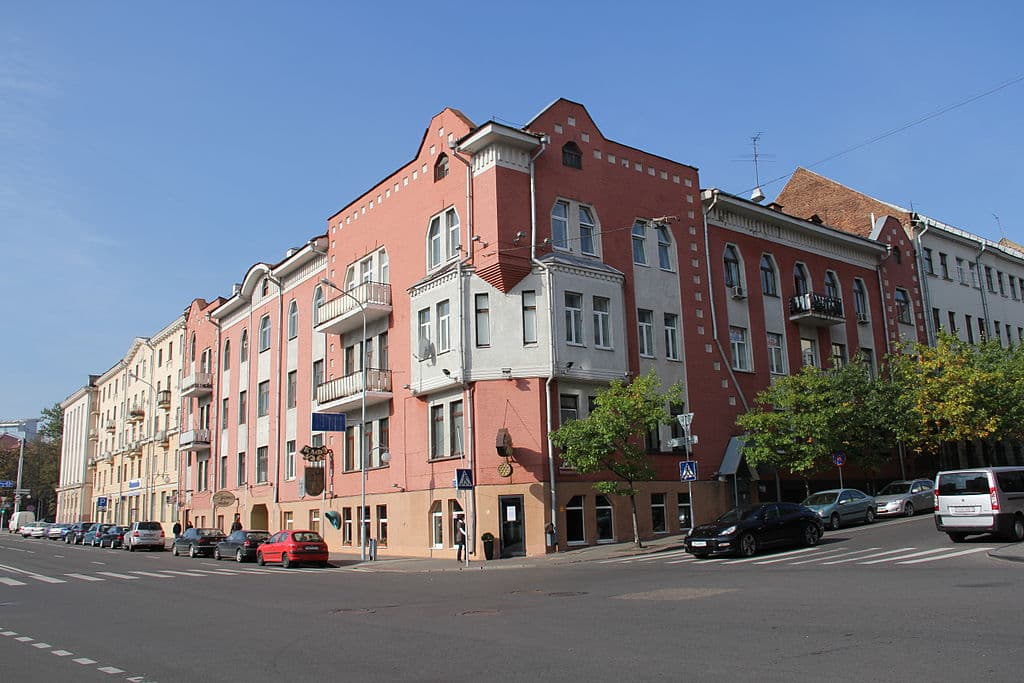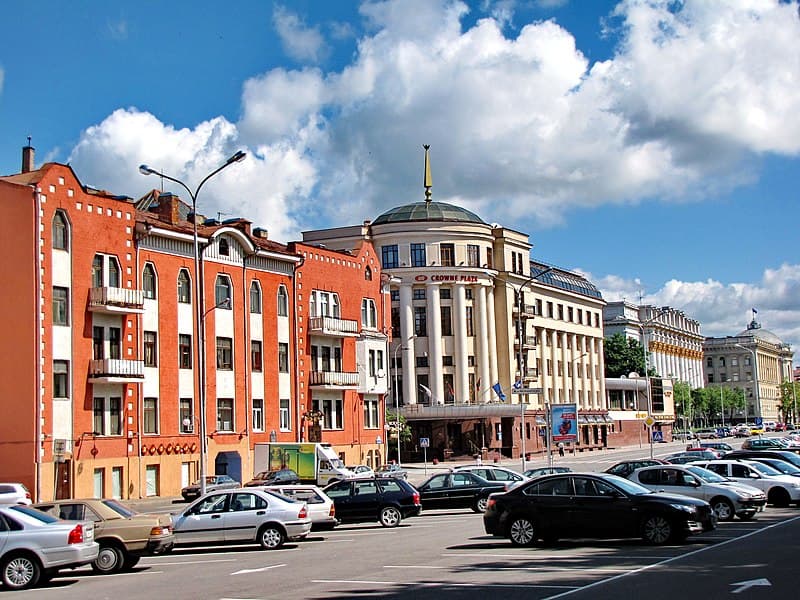Minsk. Kostrovitskaya House.
Landmark
Belarus, Minsk region, Minsk, ul. Volodarskogo, 26.
Description
In Minsk, at the corner of Kirov and Volodarsky streets, there is an architectural monument - the Kostrovitskaya House. The building was built in the Art Nouveau style in 1911 as an apartment building. Architect A. Krasnopolsky. The owner of the building was Jadwiga Kostrovitskaya.
The board of the Libavo-Romenskaya Railway, a pharmacy, a Mutual Aid Society for railway workers worked in this building, and residential apartments were located.
Since 1922, the building belonged to the Belarusian State University, and the university professors and teachers had apartments here. Among them, the apartment of the historian M. Shchekotikhin (1896-1940).
After the war, the building housed a cafe and a furniture store.
Categories
Historical
Architectural monument
Comments
Reviews to the Place
1Алег Дзьячкоу
16.03.2025
Minsk. Kostrovitskaya House.
The Kostrovitskaya apartment building has been preserved in Minsk on Kirova Street. The building was built in Art Nouveau style in 1911. The author of the project is architect Anton Krasnopolsky. The pre-revolutionary address sounded like this: "at the corner of Magazinnaya (Shopping) and Serpukhovskaya Streets."
The house belonged to Jadwiga Kostrovitskaya (1867-1935), who was the sister of businessman Edward Voynilovich. The first floor of the building was occupied by the board of the Libavo-Romenskaya Railway. There was also a pharmacy and a Railway Workers' Mutual Aid Society. There were residential apartments.
After the revolution, the house was nationalized, and since 1922 it has belonged to the Belarusian State University. During this period, the building housed the apartments of professors and teachers, technical staff of the university.
Among the famous national figures, Nikolai Shchekotikhin (1896-1940) – a Belarusian historian and art critic, teacher and art theorist, lived here. A few years ago, a memorial plaque to M. Shchekotikhin was installed on the building.
In 1926, the building was renovated according to the project of architect A. Denisov. During the Great Patriotic War, the building was severely damaged, and was renovated in the 1940s and 1950s. Part of the decor was lost.
After the war, there was a cafe and a furniture store.




-1742152809420.jpg&w=3840&q=75)
-1742152809406.jpg&w=3840&q=75)